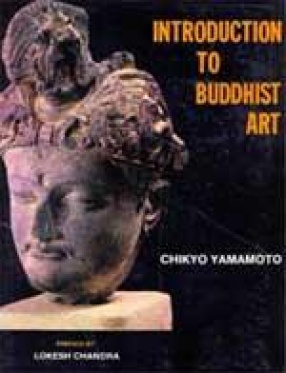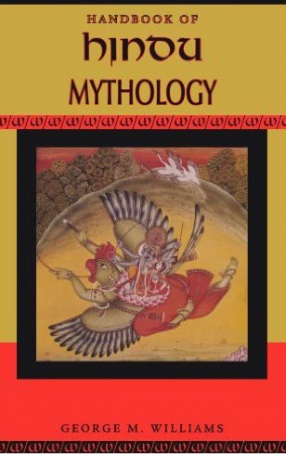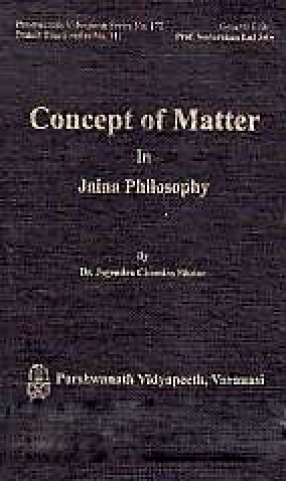This book is a panoramic survey of the history of Buddhist art from its origins in India to its final efflorescence in Japan. Prof. Chikyo Yamamoto gives the main outlines of its evolution in India, Srilanka, Indonesia, Kambuja, Vietnam, Thailand, Burma, Afghanistan, Chinese Turkistan, China, Korea and Japan. Beginning with the Asokan pillars with their intact capitals and Sanci, it covers all the major Buddhist monuments of India. The techniques of the early Gandhara school have been described at length for all parts of the body. The author presents in a succinct manner his own observations of a life-time study of the Gandhara school in the early period when it was mostly stone sculpture and in the later period when it was dominantly stucco images. Chapter on the Gupta period is of special significance, as the Gupta idiom has a wide ranging influence on the Buddhist art of the whole of Asia. The diffusion of the Buddha statues of Sarnath of South East Asia takes us to the second part dealing with further Asia. The third part treating Central Asia is indeed rich as some of the materials have been presented in English for the first time. The extensive description of the Bamiyan caves includes the studies of the two expeditions of the Nagoya and Kyoto universities. The details of the Qyzil caves from Grunwedel are welcome as they have been inaccessible since his report is in German. Prof. Yamamoto has done a service to students of Buddhist art by presenting the salient features of the researches of Chinese scholars on caves in China published in the Heibonsha series in Japanese. The fourth part is a history of Buddhist art in China. Beginning with the Yun-kang caves he describes its major developments. The Tun-huang caves incorporate new researches by Chinese scholars published in Heibonsha’s Tonko bakkokutsu. These have been presented in English for the first time. Prof. Yamamoto breaks new ground in pointing out the emergence and development of the Gupta-T’ang style. He also covers new cave-complexes which have been discovered in China since the 1950s and these add to the usefulness of this survey of Buddhist art. The final fifth part surveys the Buddhist art of Korea and Japan inj its overall development in East Asia. His presentation of rare researches in French, German and Japanese is supplemented by his life-long studies of the subject.
Introduction to Buddhist Art
In stock
Free & Quick Delivery Worldwide
reviews
Bibliographic information
Title
Introduction to Buddhist Art
Author
Edition
1st ed.
Publisher
ISBN
8185179441
Length
xxiv+365p., 218 Illustrations; Maps; Index; 29cm.
Subjects






There are no reviews yet.